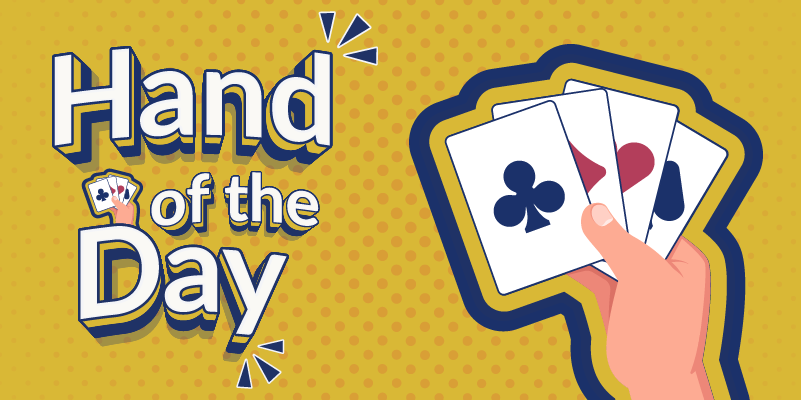



The Aces On Bridge by Bobby Wolff
Before you read the analysis of today’s deal, you might want to put yourself in the South seat in four spades. If the defenders lead three rounds of hearts, you will ruff with the spade 10. Assuming no overruff, you plan to cross to dummy with a club finesse and take the spade finesse, then rely on the minor suits behaving thereafter.
Opening Lead: ❤️J
Let’s go back to the beginning. How would you play four spades on a heart lead followed by a second top heart and a club shift at trick three? If you win the club in dummy and take the spade finesse, West may give his partner a club ruff. Maybe it is better to play ace and another spade to avoid the club ruff. You will still survive if the diamond finesse works.
Was that what you decided to do? Well, time to look at the full hand. When the deal originally occurred in New Zealand, that was what Patrick Carter as East hoped declarer would think when he overtook the heart jack lead and cashed a second heart.
At trick three, he led the club two into dummy’s tenace. South had never seen a more obvious singleton and so elected to play the spade ace and a second spade, using the reasoning described above. Needless to say, Patrick had just turned 10 tricks into nine for the declarer. Most declarers found no difficulty on this hand once they had taken the trump finesse … but Patrick had not been at their table!
Bid with the aces
Answer: 3♣
The preference to two spades is consistent with a doubleton honor in spades and a hand with no heart stop. Even though four spades rates to be the best game, you would like to explore further with a call of three clubs — but only if you are playing with a partner whom you could trust to know that this call was forcing. Are you?
This Hand of the Day was originally published on aces.bridgeblogging.com.




Im new. Where can i find a vocabulary list? Or is there one?
The bidding problem is indeed a useful one for partnership agreement!